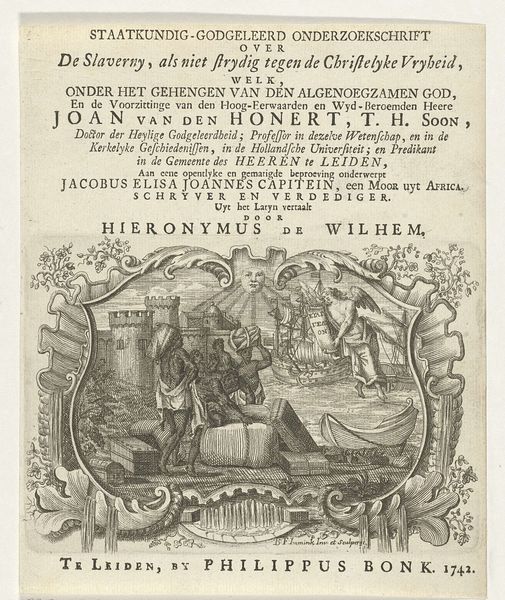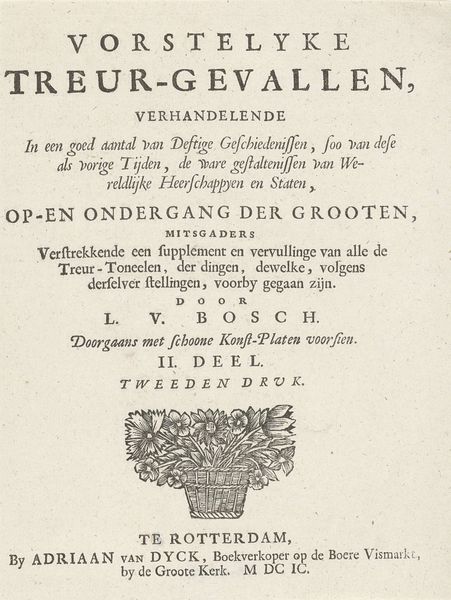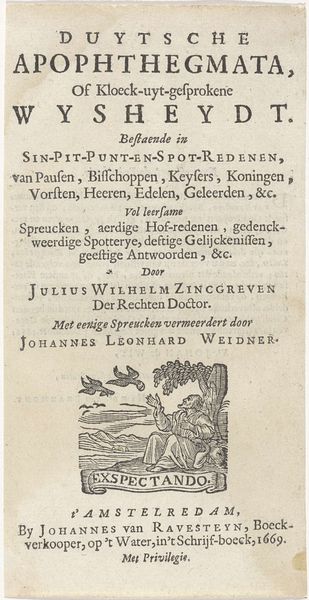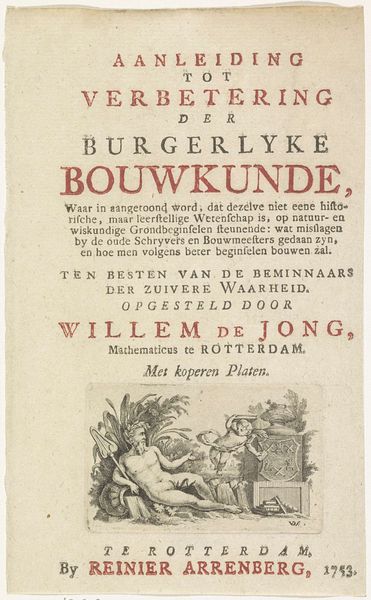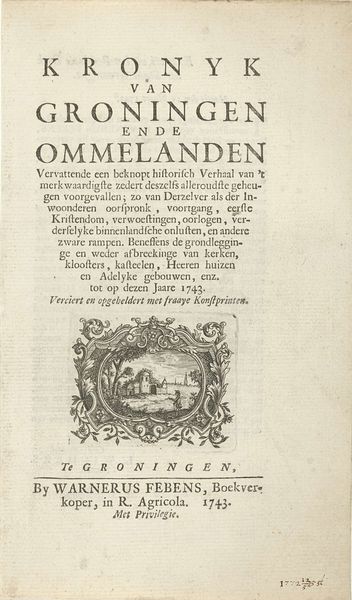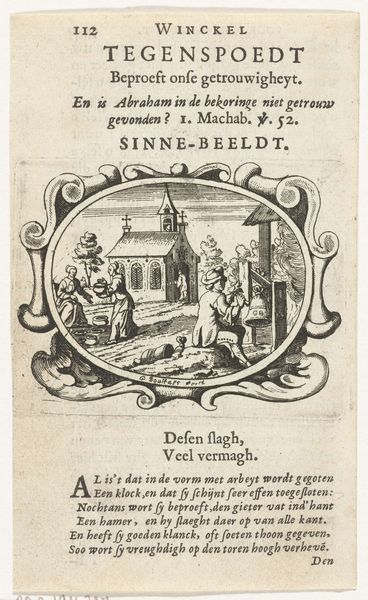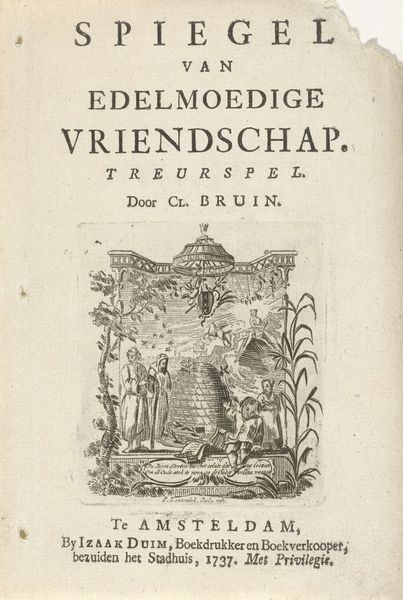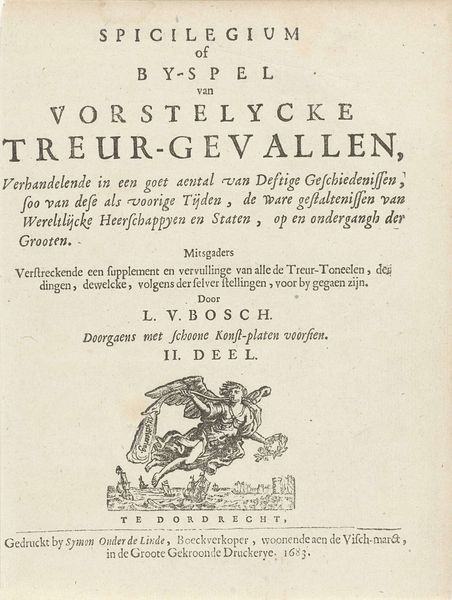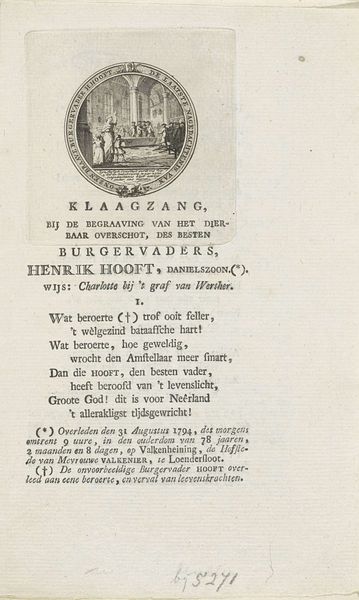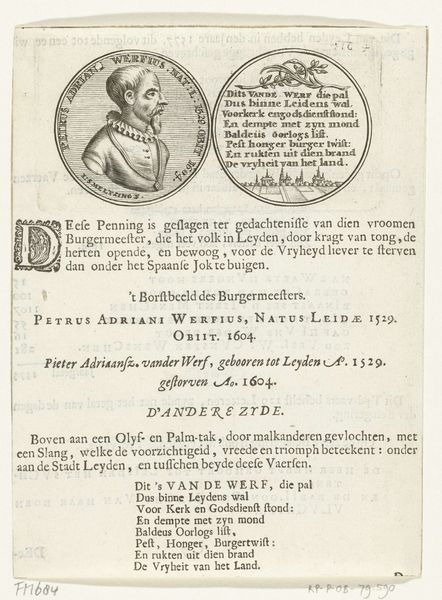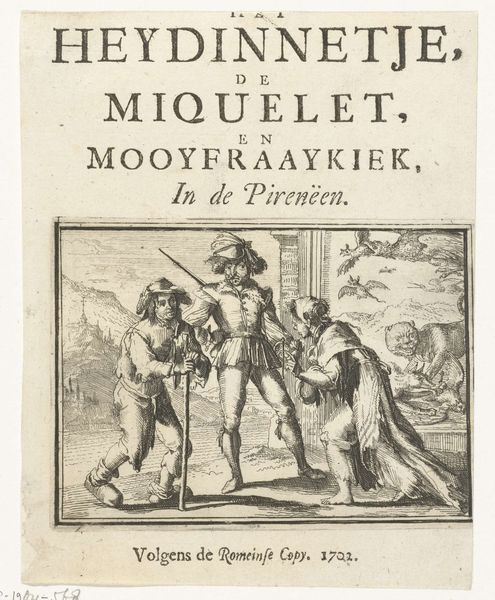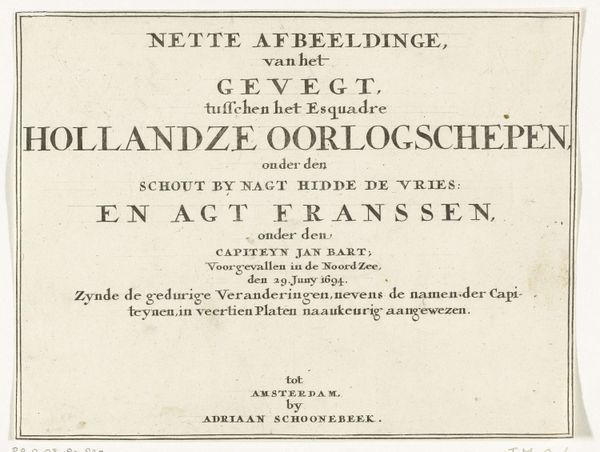
Dimensions: height 60 mm, width 90 mm
Copyright: Rijks Museum: Open Domain
Robbert Muys created this print, "Mourning Putti at a Grave," in 1785 using etching. Observe the cherubic figures, the putti, symbols of innocence and divine love, gathered mournfully at a graveside. Such imagery hearkens back to classical antiquity, where similar figures adorned sarcophagi, believed to ease the passage of the soul. Here, they embody grief, their small forms representing the profound sorrow of premature loss. Note how the Grim Reaper lurks in the background. The figure of death, carrying the scythe, appears throughout European art, literature, and beyond. In medieval times, this symbol was less a symbol of death but also a symbol of the hope of resurrection. It is meant to evoke both terror and a sense of inevitable fate, reminding us of mortality's grasp. These symbols resonate even now, tapping into our deepest fears and consolations. They are enduring reminders of life's cyclical nature, forever imprinted upon our collective consciousness, resurfacing in new forms across the ages.
Comments
No comments
Be the first to comment and join the conversation on the ultimate creative platform.
